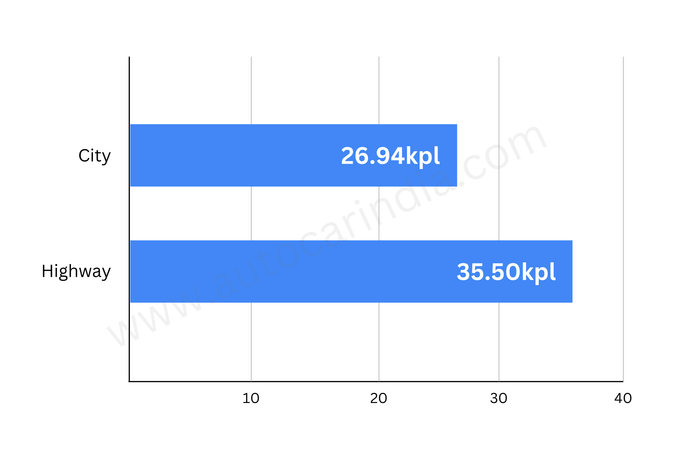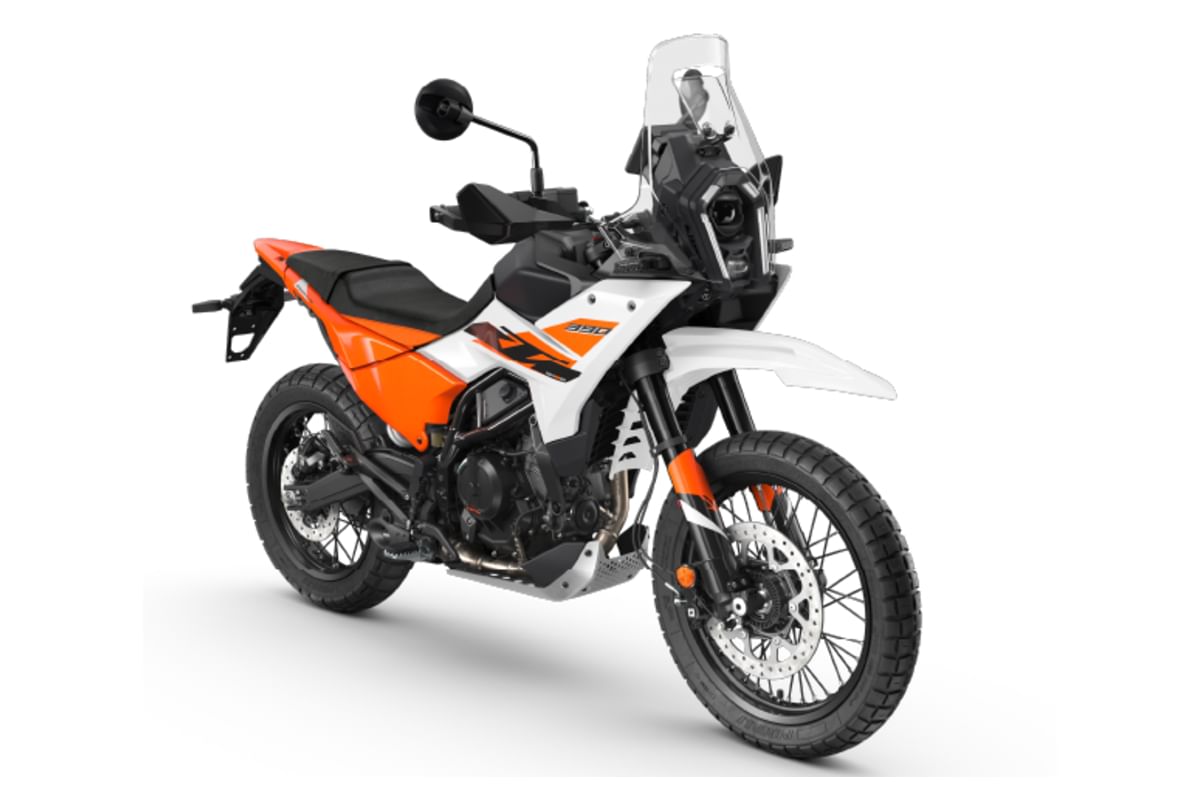KTM 390 Adventure fuel economy tested, explained
The 390 Adventure’s mileage is lower than the 390 Duke but comparable to the Himalayan’s.
Published On Mar 02, 2025 07:00:00 AM
48,519 Views
Follow us onThe KTM 390 Adventure has been overhauled from stem to stern, and in its latest avatar, the small ADV is now more off-road focused than before. We’ve been able to spend an extended duration aboard the new 390 Adventure and here is its real-world mileage.
KTM 390 Adventure real-world fuel efficiency
390 Adventure managed 27kpl in the city, 35kpl out on the highway
As per our routine, we first ran the 390 Adventure on the highway for 63.7km, after which it took 1.79 litres to brim the tank, thereby arriving at an efficiency of 35.50kpl. We then headed to the packed streets of Mumbai to find out the city mileage. After running it for a smidge over 50km, it took 1.86 litres to fill the tank to the brim, which translates to 26.94kpl.
KTM 390 Adventure fuel-economy analysis
390 Adventure shares its engine with the Duke but has shorter gearing
The 390 Adventure’s engine and internal gear ratios are shared with the 390 Duke but the Adventure has a larger rear sprocket (by three teeth), resulting in a shorter final drive ratio. This has been done so that the added weight that the Adventure carries over the Duke is compensated for.

Inside the city, the 390 Adventure’s engine isn’t particularly happy at low revs, although it is a little less grumbly than the Duke’s engine, likely due to the shorter gearing. Since the Adventure is carrying 14 kilos more, it understandably has a lower efficiency figure than the Duke.
Despite the extra weight compared to the 390 Duke, the 390 Adventure manages a higher 35.50kpl FE number on the highway. This is likely due to the shorter gearing, because the engine stays in its sweet spot when you’re cruising on the highway.
Autocar India’s fuel-efficiency testing
Our fuel-efficiency testing routine starts by first brimming the tank and ensuring the bike is running the manufacturer’s recommended tyre pressures. The bike is then ridden on fixed city and highway routes, where we maintain average speeds that best mimic real-world scenarios as well as keeping speed limits in mind. The payload on the bikes is kept constant by balancing rider weights and ballast, ensuring consistency across different vehicles and riders. At the end of the test cycle, the fuel tank is once again filled to the brim, giving us an accurate figure of how much fuel has been consumed against the trip meter reading.
Also See: 2025 KTM 390 Adventure review: Second time’s the charm
Copyright (c) Autocar India. All rights reserved.










Comments
Member Login
Personal Details
No comments yet. Be the first to comment.